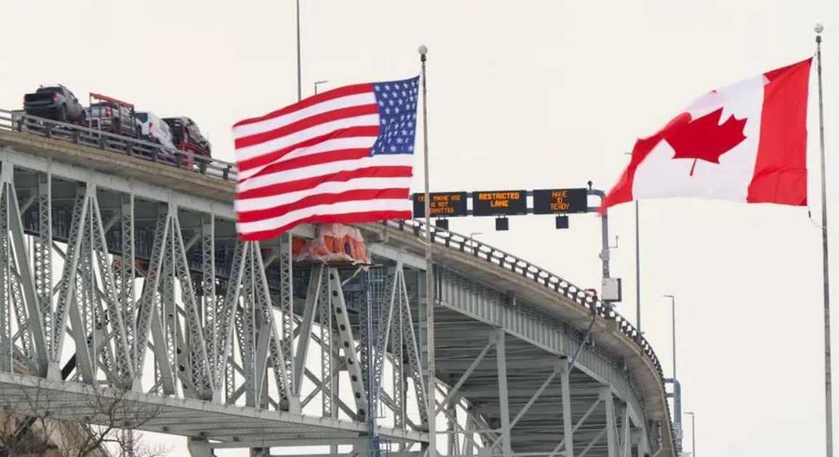The Big Statement That Gets Everyone Talking
If Donald Trump were to suggest that Canada should become the 51st state, media outlets would run with the story, Canadian officials would issue statements of outrage, and political analysts would scramble to figure out what it all means. But would Trump actually be pushing for annexation? Not likely.
Instead, this would be part of his well-known negotiation strategy: start with a bold, attention-grabbing statement, spark debate, and use the momentum to push for real policy changes that advance an America First agenda.
To understand why Trump would float an idea like this, we have to break down how Canada, if hypothetically part of the U.S., would fit into the political system—and then compare that to what Trump actually wants when it comes to U.S.-Canada relations.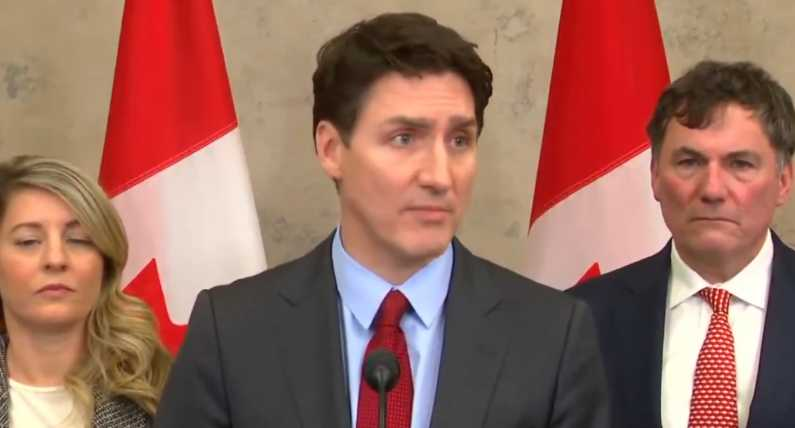
What Would a 51st State Look Like?
If Canada were absorbed into the U.S., its 40 million residents would make it the second-largest state by population (after California). Using the U.S. House of Representatives’ population-based seat distribution, Canada would likely receive 50-55 seats in the House—similar to California, which has 52.
Here’s how those seats would likely be distributed across Canada’s provinces and territories:
House of Representatives Projection
- Ontario (16-18 seats) – Population: 15M (similar to Texas)
- Quebec (12-14 seats) – Population: 8.5M (between New Jersey and Georgia)
- British Columbia (8-9 seats) – Population: 5.5M (similar to South Carolina)
- Alberta (6-7 seats) – Population: 4.7M (comparable to Louisiana)
- Manitoba (2-3 seats) – Population: 1.4M (like Hawaii)
- Saskatchewan (2-3 seats) – Population: 1.2M (like Maine)
- Atlantic Canada (4-5 seats combined) – Population: 2.4M (like New Mexico)
- Territories (1 seat total, possibly at-large) – Population: 125K (like Wyoming but combined)
Canada would also gain 2 Senate seats, which would have significant political implications since the country has historically leaned liberal.
Political Leanings of Canada’s Congressional Seats
Liberal-leaning (Likely Democratic):
- Ontario (Toronto & suburbs, similar to NYC & Chicago)
- Quebec (Montreal, progressive & French-speaking areas)
- British Columbia (Vancouver, similar to Seattle/Portland)
- Atlantic Canada (Socially liberal, like New England)
Swing/Competitive:
- Ontario (Rural areas could be battlegrounds)
- Alberta (Urban areas like Calgary & Edmonton could be competitive)
- Manitoba & Saskatchewan (Could split depending on urban vs. rural vote)
Conservative-leaning (Likely Republican):
- Alberta (outside cities) – Canada’s version of Texas, oil-rich and conservative
- Saskatchewan (outside Regina & Saskatoon) – Prairie, small-government mindset
- Rural Manitoba & BC Interior – More socially conservative
If we applied U.S. voting patterns, Canada would likely lean Democratic overall, with its major metro areas outweighing its rural conservative base. That would give Democrats a long-term advantage in presidential elections, unless Republicans could make inroads in places like Alberta and rural British Columbia.
But again—Trump isn’t actually advocating for Canada to become a U.S. state. Instead, his real focus is on reshaping trade, energy, and national security policy in ways that put America First.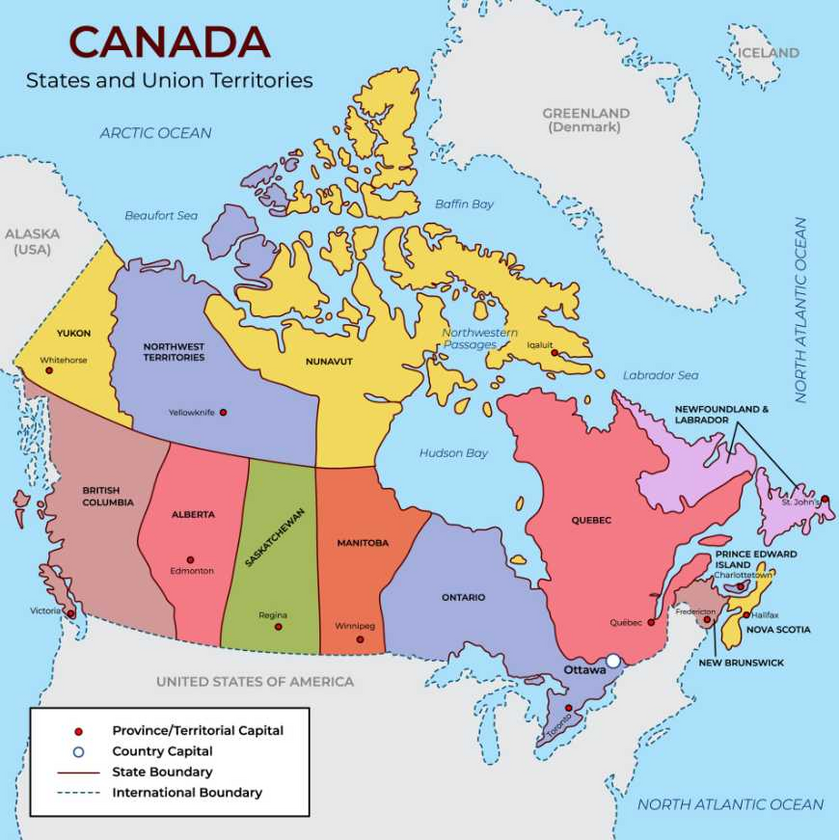
What Trump Actually Wants: A Stronger, America First U.S.-Canada Partnership
While the idea of Canada joining the U.S. is far-fetched, Trump has long pushed for a more favorable economic and security relationship between the two countries.
1. Trade Fairness
- Canada has historically protected certain industries (like dairy and lumber) with tariffs and subsidies, making it harder for U.S. businesses to compete.
- Trump would use the “51st state” discussion to demand better trade deals—pressuring Canada to open its markets in exchange for continued access to the U.S. economy.
2. Energy Cooperation & North American Energy Independence
- Canada has massive oil reserves in Alberta, yet Biden’s policies (such as canceling the Keystone XL pipeline) have limited U.S.-Canada energy collaboration.
- A Trump-led America First policy would likely seek to restart key pipeline projects and encourage joint U.S.-Canada energy development to reduce dependence on foreign oil.
3. National Security & NATO Contributions
- Canada currently spends only about 1.3% of GDP on defense, far below NATO’s 2% target.
- Trump has criticized NATO allies for underfunding their militaries, and if he were to push for Canada to become a U.S. state, the real message would be: "Start contributing more to defense, or we’ll take matters into our own hands."
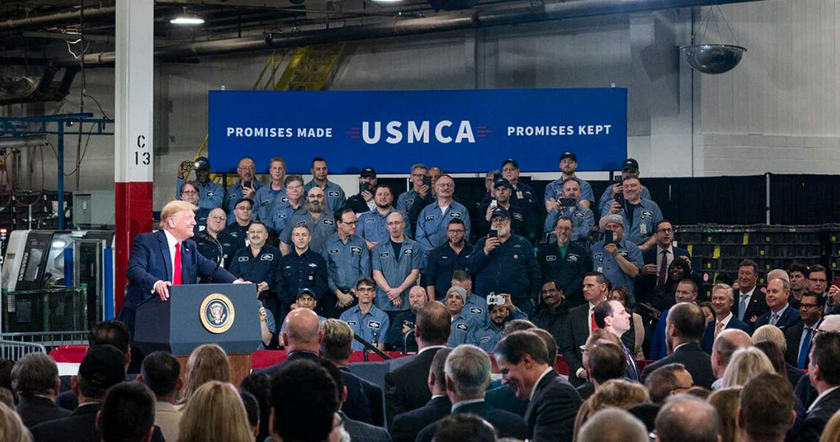
A Best-Case America First Scenario for U.S.-Canada Relations
Instead of annexation, the best possible outcome would be a stronger, independent partnership between the U.S. and Canada that aligns with America First policies.
What this could look like under a Trump administration:
✅ Fairer trade agreements that remove Canada’s protectionist policies and open up more economic opportunities for American farmers and manufacturers
✅ Energy independence through expanded U.S.-Canada pipeline projects, reducing reliance on Middle Eastern oil
✅ Increased military cooperation, with Canada stepping up its defense spending to align more closely with U.S. strategic goals
By using the idea of Canada as a 51st state as a negotiation tactic, Trump would drive attention to these core issues and create leverage to push Canadian leadership toward policies that better serve American interests.
So, if you ever hear Trump joke about annexing Canada, don’t take it literally. Instead, look at what he’s really trying to accomplish: a better deal for the United States, without the usual political stagnation.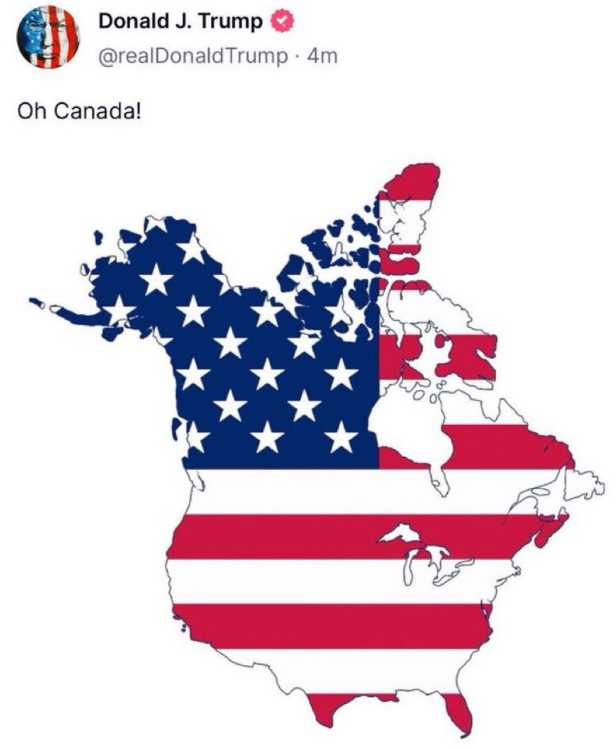
Sources
Trump’s Negotiation Tactics & Bold Rhetoric
- Schwartz, Tony. The Art of the Deal (1987) – Trump’s own playbook on negotiation.
- Eilperin, Juliet & Dawsey, Josh. "Trump’s Strategy: Make an Extreme Demand, Then Compromise" – The Washington Post, 2018.
Trump on U.S.-Canada Trade Relations
- United States-Mexico-Canada Agreement (USMCA) (Signed in 2018, replacing NAFTA) – USTR.gov
- Trump’s criticism of Canada’s dairy tariffs – BBC, "Trump Rips Canada Over Trade Policies" (2018)
Trump & Energy Policy (Keystone XL Pipeline)
- Desjardins, Jeff. "Canada's Oil Sands and Keystone XL: What’s at Stake?" – Visual Capitalist, 2020.
- Reuters, "Trump Revives Keystone XL Pipeline, But Faces Legal Challenges" (2017)
Canada’s Defense Spending & NATO Commitments
- NATO Official Reports: "Defense Expenditure of NATO Countries (2022)" – NATO.int
- Trump’s NATO Criticism: Politico, "Trump Slams NATO Allies for Not Meeting Defense Spending Goals" (2018)
